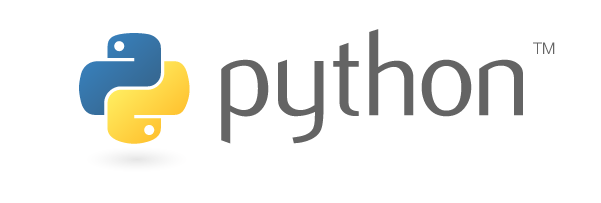| width | 30% |
|---|
| Panel | ||||
|---|---|---|---|---|
How to download and install Python and PythonAn easy way topackagesYou may download Python is to visitfrom their webpage. In addition, NTNU Innsida has made a very goodoffical webpage or follow NTNU Innsida's tutorial on how to acquire the newest version of Python, linked here. To best utilize Python, you will also need to install some extra packages like. The packages most used in this wiki are NumPy, SymPy etc. | ||||
| Section | ||||
| Column | ||||
|
| Panel |
|---|
Getting started with PythonLorem ipsum dolor sit amet, consectetur adipiscing elit. Nullam tincidunt metus diam, id consectetur nulla bibendum eu. Vestibulum sit amet tortor ultricies, volutpat nunc id, malesuada risus. Sed iaculis auctor felis dignissim vestibulum. Fusce molestie, ligula a aliquam tristique, eros diam vestibulum tortor, non efficitur erat dui sit amet eros. Quisque pharetra tempor turpis, vel pellentesque dolor vestibulum et. Morbi vel ex varius velit rutrum convallis. Proin vestibulum sapien ut aliquam dapibus. |
| width | 50% |
|---|
and Matplotlib, all part of the SciPy ecosystem.
Recommended for installing packages: Python distributions provide the language itself along with the most commonly used packages and tools. These downloadable files require little configuration, work on almost all setups, and provide all the commonly used scientific python tools.
Anaconda works on Windows, Mac, and Linux and provides over 1,500 Python/R packages.
Install packages using pip
If you already have Python and pip installed on your system, you can install all the packages by typing the following command into the terminal of your preffered editor.
| Code Block |
|---|
python -m pip install --user numpy scipy matplotlib ipython jupyter pandas sympy nose |
However, if you don't have pip installed or are using an editor without an easily found terminal (e.g. MS Visual Studio), try SciPy's general installation instructions, or our step by step installation guides.
Install packages on macOS
macOS doesn’t have a preinstalled package manager, but there are a couple of popular package managers you can install.
For Python 3.5 with Macports , execute this command in a terminal:
| Code Block |
|---|
sudo port install py35-numpy py35-scipy py35-matplotlib py35-ipython +notebook py35-pandas py35-sympy py35-nose |
| Panel |
|---|
Getting started with PythonThis wiki is (at the moment) based on that the users already have complete the course TDT4110 - Information Technology, Introduction or a similiar course. If not, or you just don't remember the basics of Python, a list of tutorials from beginner to expert is found at the offical Python webpage. Some useful information when coding can also be found at Tips and tricks for coding. |
| Panel | |
|---|---|
Useful tutorialsWhen reading our tutorials, keep in mind that there are several exercises with solutions made on each topic. Whether you complete them or not, they often contain more information on your desired topic, either through plain examples or through special cases.
|
| BibTeX Display Table |
|---|
